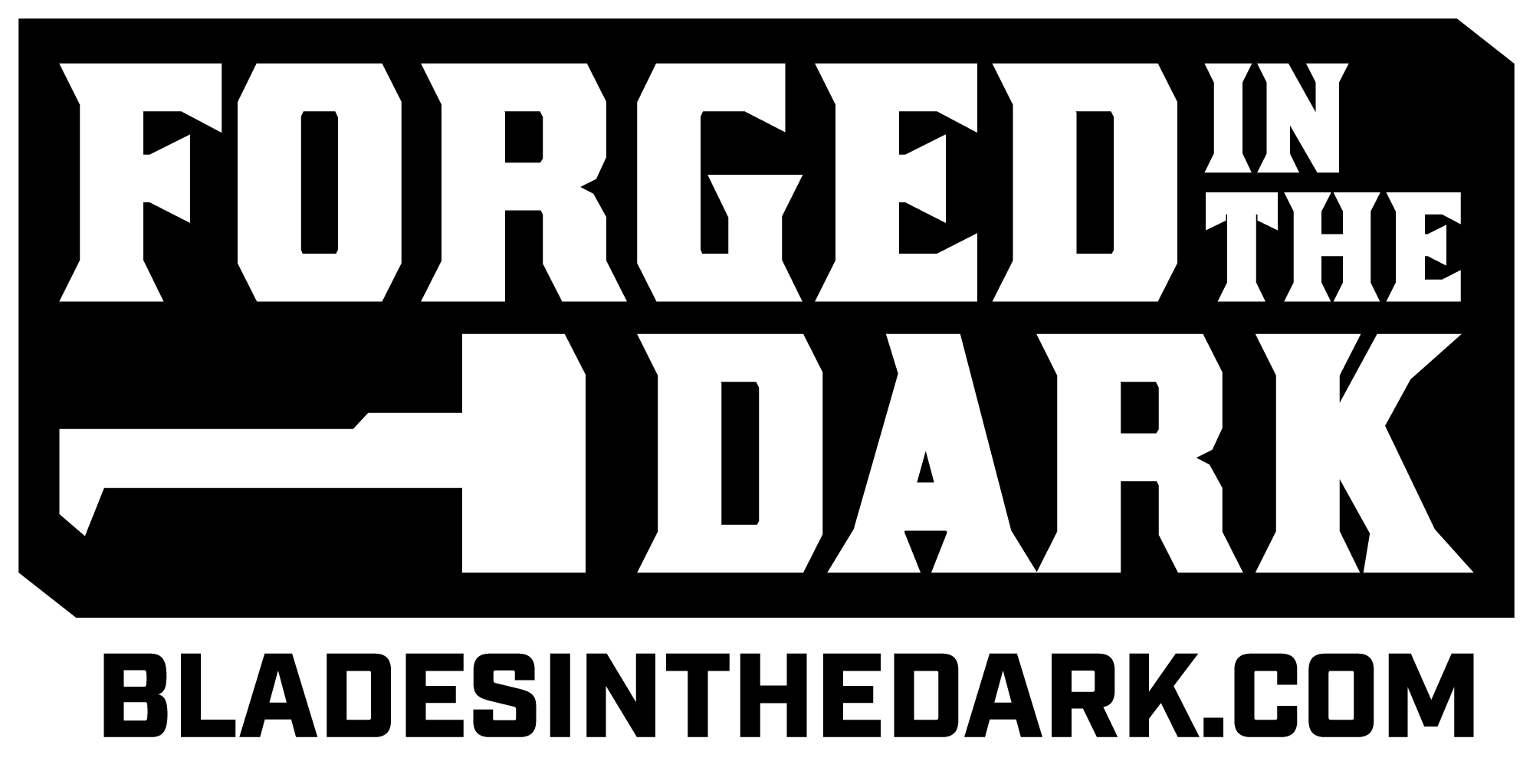Teaching the Game 
One of the things you are often expected to do as the GM is help new people learn how the game works. Luckily, we’ve planned for that. From your very first mission, you should be able to bring everyone along.
Your first session
Everyone should select a playbook for their agent, and come up with a name (this can be a nickname or codename). They don’t need to do anything else! We will fill things out as we go along.
You don’t need to select a crew at this point but doing so does help you tailor the mission to their interests. Consider skipping crews altogether for a one-shot, or preselecting one and the crew ability to set the tone of play.
The first briefing
Conduct a very short, non-standard mission briefing, where you give them the following details:
-
What is the location? An unfamiliar city abroad is a good choice, as you can prepare by looking up interesting details beforehand and invent new ones on the fly without fear of immediate contradiction. If you prefer to use a fictional or generic location, make sure it’s something the players are familiar enough with to avoid having to detail everything.
-
Who or what are they here for? Good first mission objectives are to rescue a person, steal an object, or find a document. Whatever they are after should be (or lead directly towards) a key starting point towards understanding the conspiracy.
It’s important at this point to emphasise that they don’t need a detailed plan, and that they don’t need to decide what gear they have with them. The rules will provide tools like flashbacks to do things like bribe guards or stash items in a handy location.
For a one-shot mission, encourage people to read through their special abilities at this point so they can choose one when they feel it will make a difference. If you’re running a campaign, this can wait until the debriefing.
Have them decide on an approach - are they going to run a heist? Try bribery and deception? Go in guns blazing? This is to give you some idea of what kind of challenges and opposition to bring to bear.
The initial mission
Now is a good time to introduce a clue about either the target or the opposition. Indicate which investigative skill would be relevant and ask the players who would be the most appropriate character to have that skill. Point out the benefits of everyone having different skills.
The first time some one needs to roll, have them describe what they’re doing. Tell them which action that is and have them put one or two points into it. The first roll should always be risky, but you can also explain controlled and desperate at this time.
It’s usually about this time that someone will want to have access to one of their items. When that happens explain how load and inventory work.
The second time someone needs to roll, have them put some points into the appropriate action, and also explain how to get bonus dice from assistance or pushing yourself.
The first time someone gets hurt as a consequence of a die roll, explain armour and resistance.
Gadgets and flashbacks should be introduced whenever you see a good opportunity for someone to benefit from them.
The first debriefing
For a one-shot adventure, you’re done! Hand out awards or XP, gather feedback, and prepare for your next game.
For a longer campaign, it’s time to finish up the character sheets and turn to roles.
Finishing the characters
Everyone should be in a position to:
-
Distribute their points. The total should be seven and no attribute should have more than two points. Remember that three points are pre-assigned for each playbook. People may have questions about some of the attributes, and some people might want to wait a bit longer to finalize their distribution. That’s fine.
-
Select at least one investigative skill. Some people will be keen to assign all three, others will want to wait and see what will come in useful. Encourage them to avoid overlap.
Encourage everyone to read through their special abilities and ask questions at this point. They can choose one now, or wait until their next mission and choose one when they feel it would make a difference.
Selecting campaign roles
Introduce the concept of mission roles and have each player select one. If you’re lucky enough to have more than five players, appoint the extra players as deputies or consider rotating the roles every couple of missions.
The three core roles are Director, Personnel, and Quartermaster. If you only have two players, the three of you will have to split the duties of the third role between you and make the decisions by consensus.
The work of counter-intel is simply skipped if you only have three players.
The work of the analyst - suggesting mission targets and organizing notes - ends up being done by the group as a whole (or, sometimes, by the GM) if you have less than four players. You will skip these steps during briefings and debriefings.
An actual debrief
Run through the standard debrief at this point, explaining the concepts of intel and heat, and how to record XP. If the Quartermaster is struggling to choose activities, the R&R and acquire asset activities are good first choices. Skip the entanglements this first time, they have enough to absorb!
Congratulations! You’ve just run your first mission and taught everyone how to play! How easy was that?
Bonus: the second mission
For the second mission, run through a standard briefing. Be prepared to suggest some mission targets to the Analyst or Director, explain the concept of secondary missions, and introduce engagement rolls. If someone is missing and there is no prepared deputy, you will have to prompt the group to make the decisions that role would usually make.
During the debrief, make your first entanglements roll to see how the conspiracy responds.
